After some some small prompting I've decided to post some of my building effort of the titled aircraft. Here is the box shot:
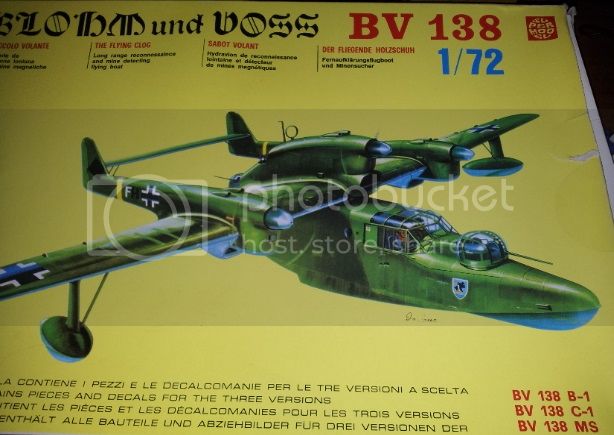
The moldings look pretty good except for these raised panel and rivet lines everywhere.
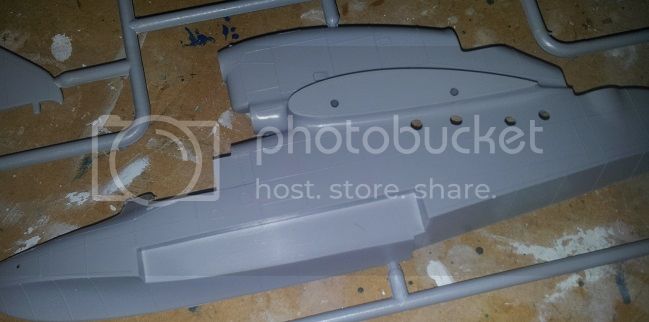








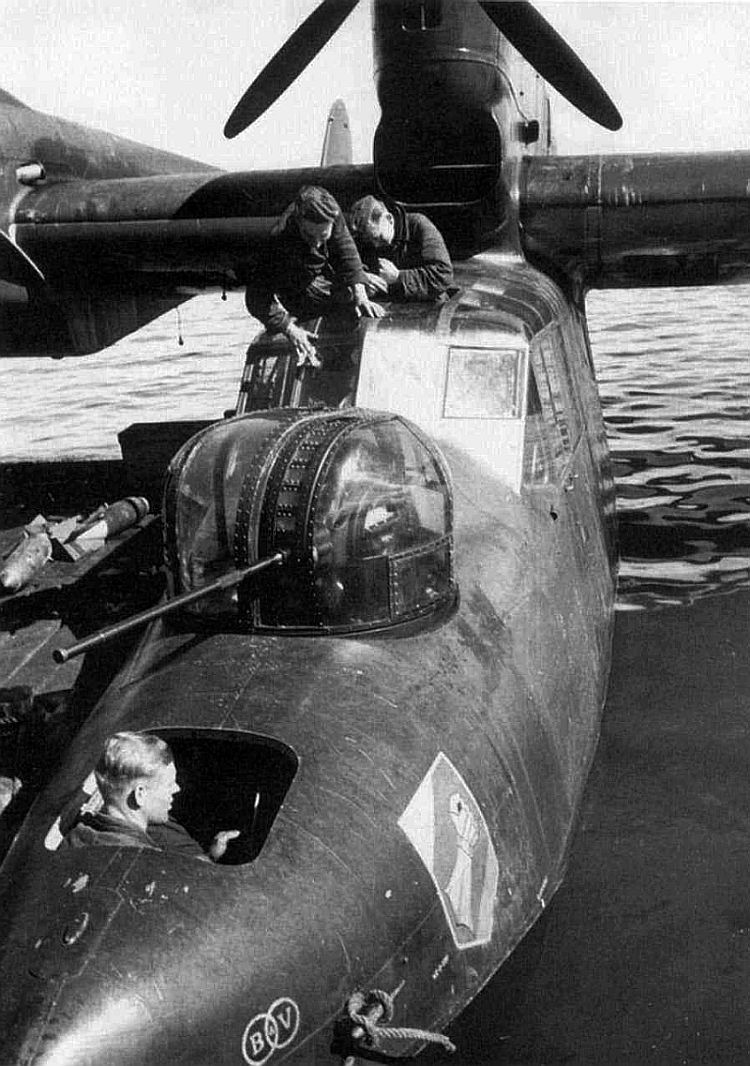


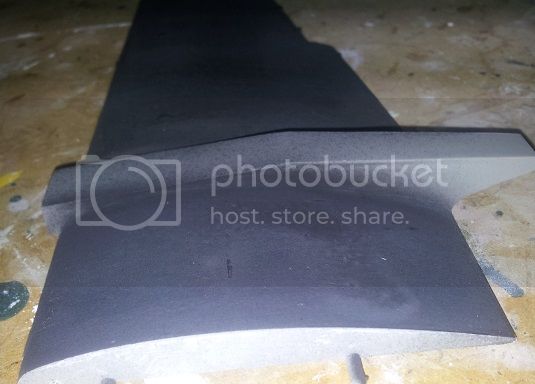
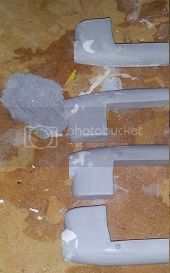





 !) and it is excellent for all big jobs where you need to really build something or fill in a big hole (check my 262-thread later tonight for a good example. Milliput doesn't shrink (like all epoxies), doesn't attack the plastic (unlike solvent based putties that needs to be applied in thin layers and with a certain amount of care in order to not distort and melt the plastic) but it also doesn't adhere as well as the solvent based ones and can be tricky to "feather" into surrounding areas. As Joel, I also use an automotive solvent-based body putty (I suppose these can be found in automotive supply stores around the world, different labels but probably more or less the same stuff inside) for filling tiny seams and blemishes. I think it still shrinks a bit but nowhere near Green Putty for instance that is also very porous.
!) and it is excellent for all big jobs where you need to really build something or fill in a big hole (check my 262-thread later tonight for a good example. Milliput doesn't shrink (like all epoxies), doesn't attack the plastic (unlike solvent based putties that needs to be applied in thin layers and with a certain amount of care in order to not distort and melt the plastic) but it also doesn't adhere as well as the solvent based ones and can be tricky to "feather" into surrounding areas. As Joel, I also use an automotive solvent-based body putty (I suppose these can be found in automotive supply stores around the world, different labels but probably more or less the same stuff inside) for filling tiny seams and blemishes. I think it still shrinks a bit but nowhere near Green Putty for instance that is also very porous.





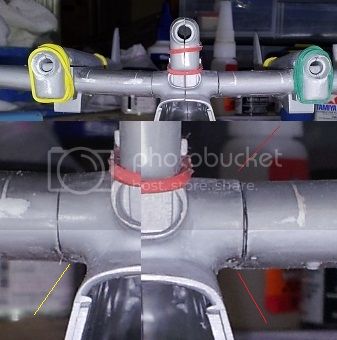
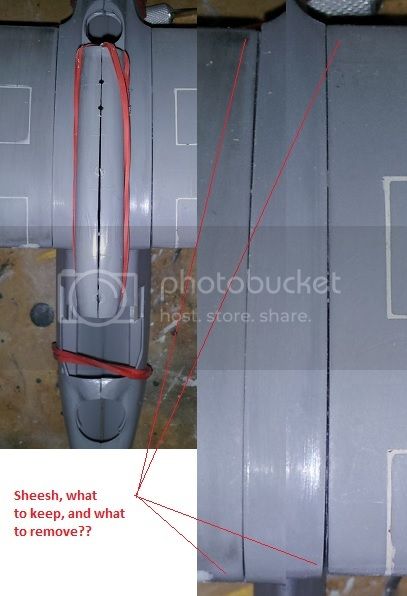

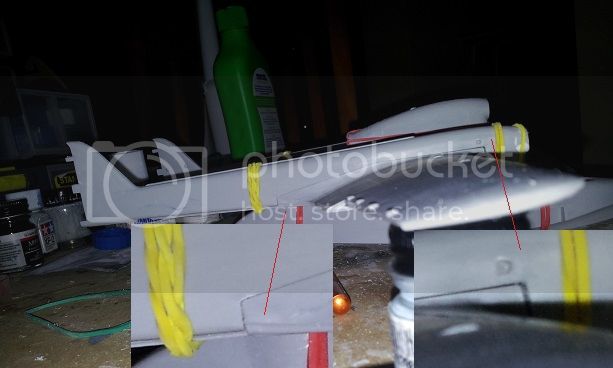
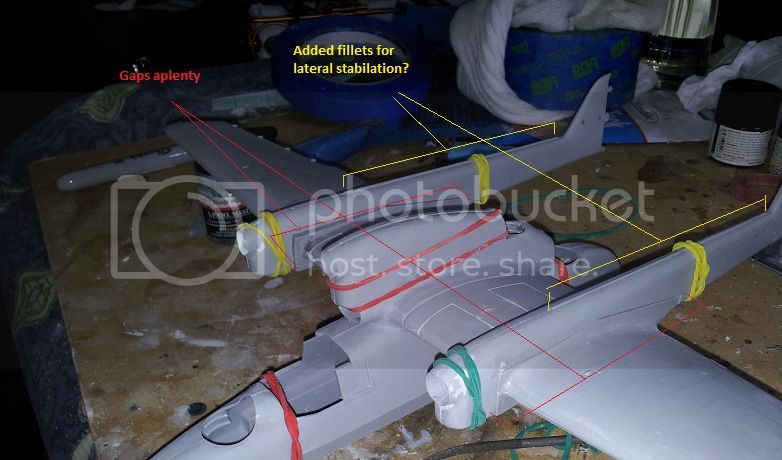


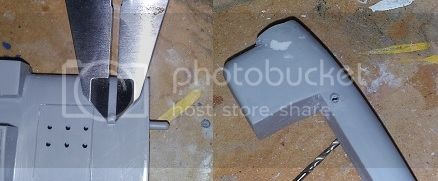



 ! It is just the kind of spectacularly odd kind of flying machine that would appeal to me, I might pick one up the next time I see one! They did many more of those "big and odd" aircraft but those were mostly then of Italian origin. Those kits, together with the ones from Italaeri/Italeri, would make up a fantastic collection of flying oddities
! It is just the kind of spectacularly odd kind of flying machine that would appeal to me, I might pick one up the next time I see one! They did many more of those "big and odd" aircraft but those were mostly then of Italian origin. Those kits, together with the ones from Italaeri/Italeri, would make up a fantastic collection of flying oddities  !
!



Hey Magnus! Interestingly enough, the instruction sheet contains advertisements of Italian planes in 1/72 supermodel:
Cant Z 506b floatplane
SM-81
Cant Z1007bis single tail
Cant Z1007bis twin tail
Unfortunately this instruction sheet is from 2008. Probably something available on eBay.
Gary

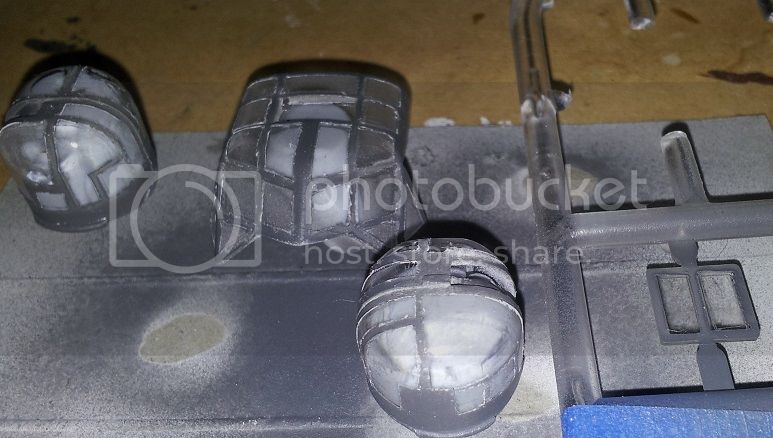



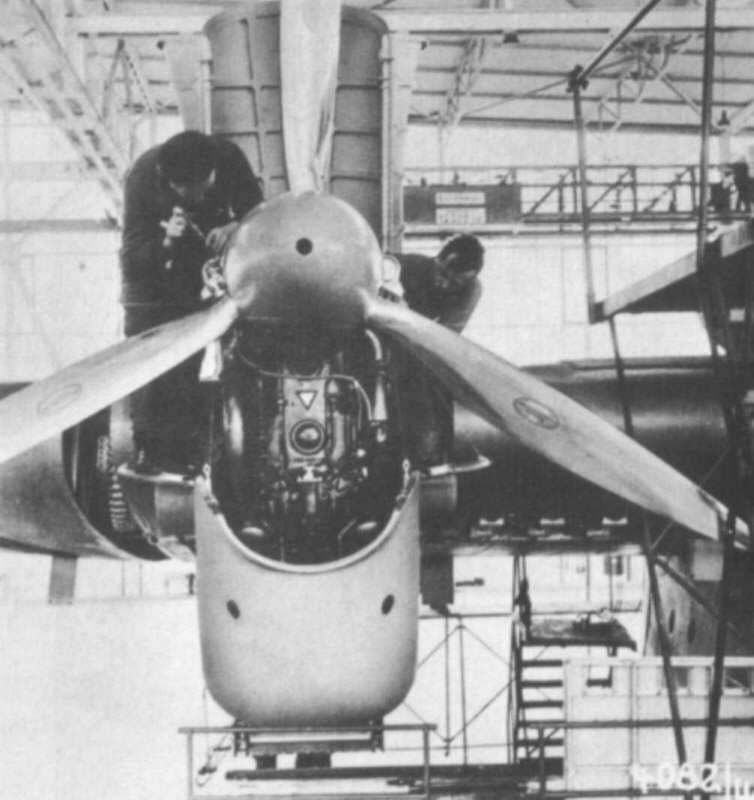
 |